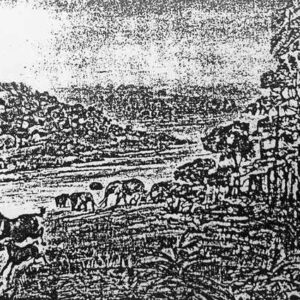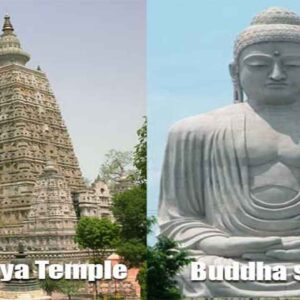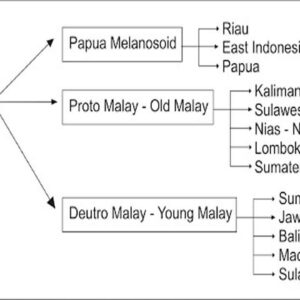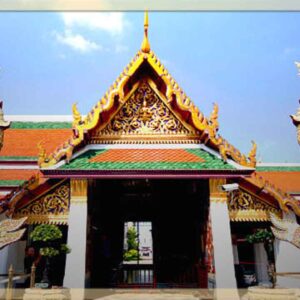The dead, as well as the living, had homes. The earliest burial places were on the edges of settlements. The corpses were placed in an inner chamber with a stone roof and walls. When it was full, the entrance was sealed up by a large slab.
But the Beaker believed that the dead should be buried individually-each in a crouching position. and clasping his or her drinking pot (presumably to take light refreshments on the other side of life).
Circles of standing stones in lonely places mask their graves. If you come across them unexpectedly out of the mist, they produce a feeling of awe-as though they are touched by magic. No doubt they were also used for worship, but the nature of the worship remains a mystery.
Without a doubt, the most magnificent of these strange, haunted, places is Stonehenge on Salisbury Plain. There are many signs to show that Beaker Folk was buried around the edge of it. But the large stones in the center had some other purpose.
They are arranged in such a way that they can indicate the summer solstice and even predict the eclipse of the moon. Perhaps they were a kind of enormous calendar that mapped the progress of the year. Perhaps, too, they gave priests the power to make prophecies.
Stonehenge was built in three phases between 1800 and 1400 BC. The Beaker people certainly had a hand in it, for carvings in bronze – showing ax heads and d dagger – have been discovered. Beyond this, however, we can only guess. The mystery of Stonehenge is as unyielding as the huge stones from which it was built.





